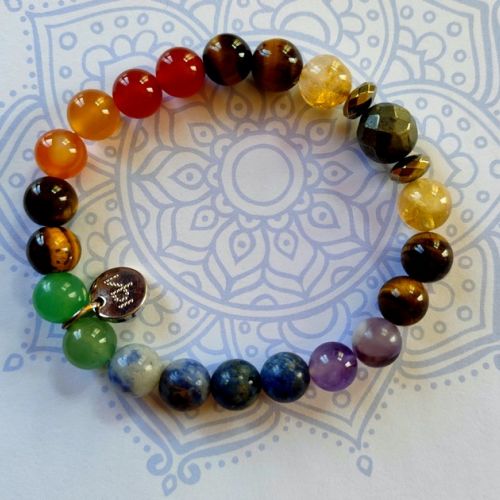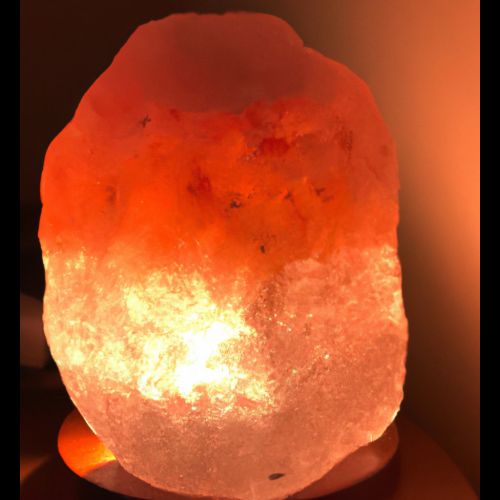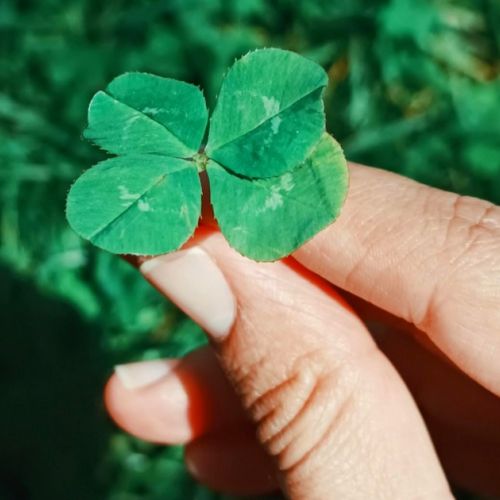The Handpan: An Instrument With A Magical Sound.
The handpan is a musical instrument of recent creation as it was invented in Switzerland in 2000. But it has already conquered thousands of music lovers, people in search of spirituality and even therapists! We invite you to discover this instrument with its magical sound.
What is a handpan?
A handpan is a musical instrument from the percussion family. It belongs more specifically to the category of idiophones because the sound is produced by the body of the instrument itself and resonates for a certain time.
Unlike drums with a membrane stretched over a frame, handpans are made exclusively of metal.
As for their shape, these peculiar instruments resemble flying saucers as they consist of two welded steel shells, with slightly hammered oval depressions on their surface.
What is the origin of the handpan?
The handpan was invented by two Swiss musicians: Félix Rohner and Sabina Schärer. This percussion instrument quickly gained popularity thanks to its astonishing design and enchanting sound.
Handpans, which are handmade in a traditional way, produce unique sounds that are both soft, warm, enveloping, and soothing.
Despite their basic appearance, these instruments composed of two welded steel domes are capable of producing different ranges of tones and melodies. It is the indentations in the metal distributed in the center and all around the instrument that allow for the production of different notes.
Which handpan to choose for beginners?
If you have been enchanted by the sound of the handpan and wish to learn to play this percussion instrument, know that there are models of varying complexity. The most suitable instruments for beginners are handpans with 8 to 10 notes.
Models for experienced musicians can have up to 17 notes, arranged on both sides of the instrument (the top side called Ding and the bottom side called Gu).
The price of this musical instrument also varies depending on its complexity. Expect to pay between €1200 and €2500 for a well-crafted handpan with 8 to 10 notes. Prices can go up to €5000 for the most elaborate instruments.
Why play the handpan?
More and more music lovers are taking up the handpan for artistic reasons. Not only is the sound of this instrument particularly enchanting, but its use is also very intuitive. There is no need to have learned music theory or be able to read sheet music in order to play it.
This percussion instrument is also easy to handle as you simply need to place it on your lap or on a stand and gently resonate it with the palm of your hand and fingertips. This way, you can start playing your first melodies with ease.
However, like any other musical instrument, you will need to take lessons with a percussion teacher if you want to master all the subtleties of this not-so-basic instrument.
What are the benefits of the handpan?
It should be known that the popularity of the handpan goes beyond the realm of music and also extends to spirituality and alternative therapies.
In addition to being appreciated for composing melodies, this instrument is increasingly hailed for its health benefits. It is used by hypnotherapists, sophrologists, naturopaths, and music therapists. Devotees of this instrument believe that the gentle and hypnotic sounds of the handpans have an effect on emotions and dispel negative thoughts.
These unique sounds and vibrations can be used to facilitate meditation in the same way as Tibetan singing bowls. This instrument is also believed to promote relaxation and combat anxiety. When used regularly, this fascinating instrument is said to have a positive effect on mood, stress levels, and sleep.





